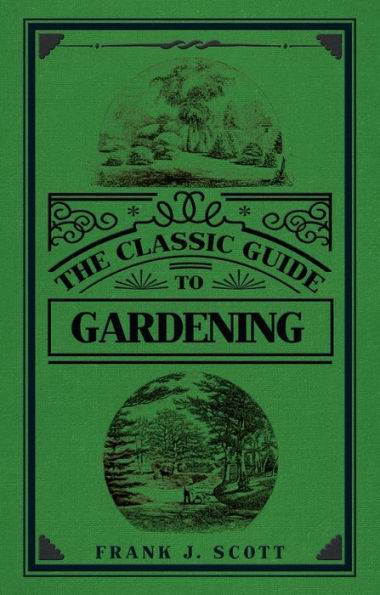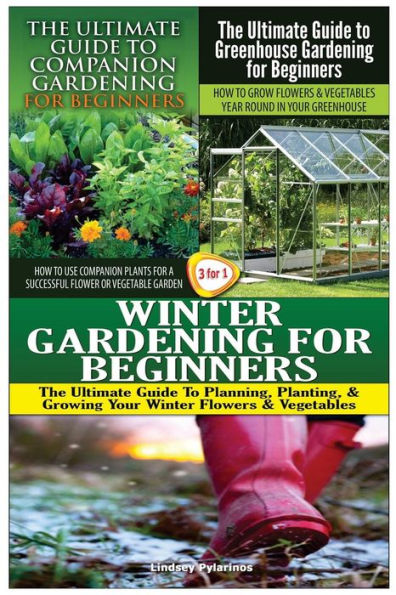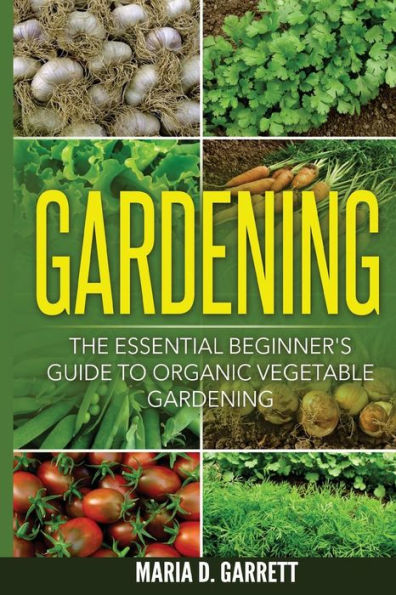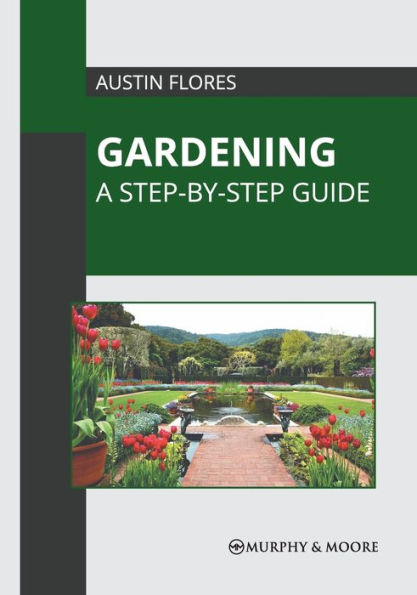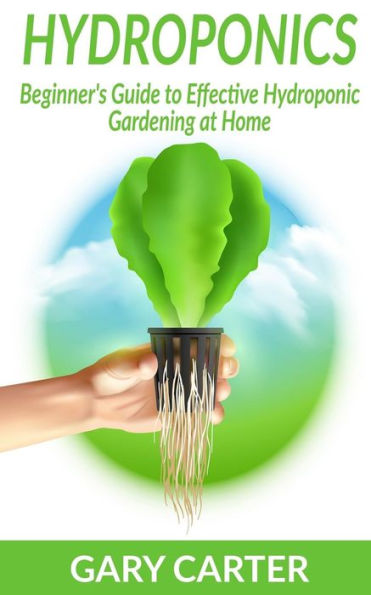Home
Amateur's Guide to Gardening in Cairo
Barnes and Noble
Amateur's Guide to Gardening in Cairo
Current price: $6.99
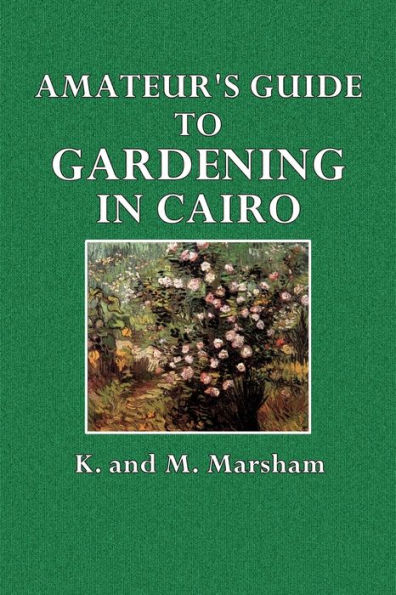

Barnes and Noble
Amateur's Guide to Gardening in Cairo
Current price: $6.99
Size: OS
Loading Inventory...
*Product information may vary - to confirm product availability, pricing, shipping and return information please contact Barnes and Noble
From the beginning of "CHAPTER I. Laying Out of Small Gardens."
In dealing with the question of laying out gardens it is necessary in the first place to form an idea with regard to the size: gardens in Cairo are often about the size of a tennis court, and the following directions are given for gardens of such dimensions, but can also serve as a guide for larger or smaller ones.
We will imagine, for example, that the garden is on the South side of the house.
A hedge should be planted on the unprotected sides, as nothing will grow well unless protected from the wind, (see Chapter on "Shelter from the Wind.")
For this hedge a trench eighteen inches deep should be dug, as the extra labor will be well repaid by the rapid growth.
Mix old stable manure or Nile "silt" with the earth taken out of the trench in proportions of two parts earth to one part old stable manure.
Nile silt can be procured from the banks of the Nile and canals for about 10 P.F. to 15 P.F, per cart-load if within a reasonable distance.
When planting hedges of Duranta, Hybiscus, Pepper, Phyllanthus-Jasmmoide, and such like, each plant should be a yard apart.
For Wild Rose, Myrtle, Rosemary, etc. a foot apart.
Each plant should be well watered when it is placed in the earth, and afterwards every four or five days until well established.
Besides the plants mentioned above there are many other kinds suitable for hedges easily obtained and grown from cuttings. (See chapter on "Shelter from the wind.")
All hedges require careful and constant clipping.
It is not advisable to plant many trees in gardens, as flowers require all the sun they can get.
A garden should be made to appear as large as possible. This can be done by (a) Trellis (b) Peregolas (c) by grouping flowering shrubs.
Have as few paths as possible, and make those that are necessary of grass, flat stones, or tiles as a welcome change from the usual yellow or red sand.
In dealing with the question of laying out gardens it is necessary in the first place to form an idea with regard to the size: gardens in Cairo are often about the size of a tennis court, and the following directions are given for gardens of such dimensions, but can also serve as a guide for larger or smaller ones.
We will imagine, for example, that the garden is on the South side of the house.
A hedge should be planted on the unprotected sides, as nothing will grow well unless protected from the wind, (see Chapter on "Shelter from the Wind.")
For this hedge a trench eighteen inches deep should be dug, as the extra labor will be well repaid by the rapid growth.
Mix old stable manure or Nile "silt" with the earth taken out of the trench in proportions of two parts earth to one part old stable manure.
Nile silt can be procured from the banks of the Nile and canals for about 10 P.F. to 15 P.F, per cart-load if within a reasonable distance.
When planting hedges of Duranta, Hybiscus, Pepper, Phyllanthus-Jasmmoide, and such like, each plant should be a yard apart.
For Wild Rose, Myrtle, Rosemary, etc. a foot apart.
Each plant should be well watered when it is placed in the earth, and afterwards every four or five days until well established.
Besides the plants mentioned above there are many other kinds suitable for hedges easily obtained and grown from cuttings. (See chapter on "Shelter from the wind.")
All hedges require careful and constant clipping.
It is not advisable to plant many trees in gardens, as flowers require all the sun they can get.
A garden should be made to appear as large as possible. This can be done by (a) Trellis (b) Peregolas (c) by grouping flowering shrubs.
Have as few paths as possible, and make those that are necessary of grass, flat stones, or tiles as a welcome change from the usual yellow or red sand.

